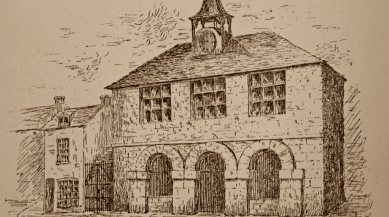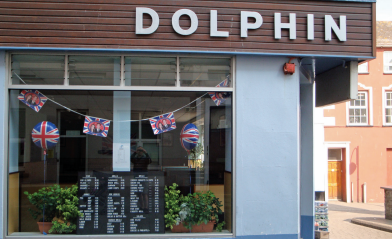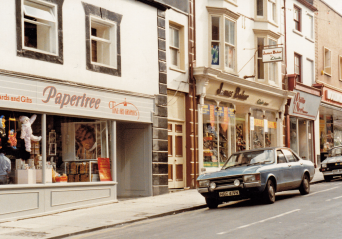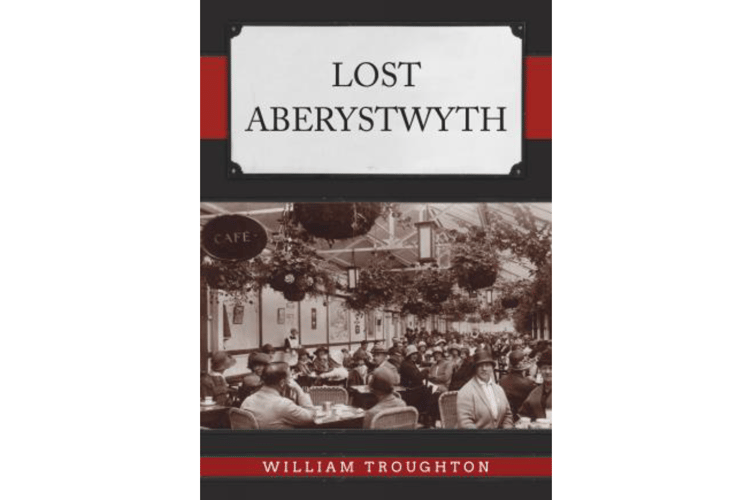An Aberystwyth historian has released a new book showing how the town has changed.
‘Lost Aberystwyth’ by Will Troughton presents a portrait of this corner of Wales over the last century to recent decades, highlighting what has radically changed or disappeared today. The book shows not only industries and buildings that have disappeared from the town, but also people and street scenes, popular places of entertainment and much more.
This fascinating photographic history of lost Aberystwyth will appeal to all those who live in the area or know it well, as well as those who remember it from previous decades.
Will was born and raised in Aberystwyth and has been employed at the National Library of Wales for over 20 years. He is the library’s Photographic Collection Curator. Alongside his work there, he has written a number of books and articles on the history of his home town.
.jpeg?width=752&height=500&crop=752:500)
Aberystwyth is the unofficial capital of mid-Wales.
Situated on Cardigan Bay, Aberystwyth attracts many as a seaside resort and a university town as well as being a gateway to the Cambrian Mountains inland. The ruins of the castle, destroyed in the Civil War, attest to the town’s importance in the Middle Ages, and with the coming of the railways in the nineteenth century which brought an influx of visitors, many hotels and grand houses were built.


Many buildings and the pier were damaged or destroyed in a great storm in 1938 and others have disappeared post-war and over the subsequent decades; Aberystwyth has witnessed many more changes.
Join Will at The Drwm in the National Library of Wales in Aberystwyth on 4 March (5pm) when he will discuss his new book. Tickets are free but must be booked at https://www.ticketsource.co.uk/llgcnlw/t-qjogxxy.
The book is available from https://www.amberley-books.com/lost-aberystwyth.html.






